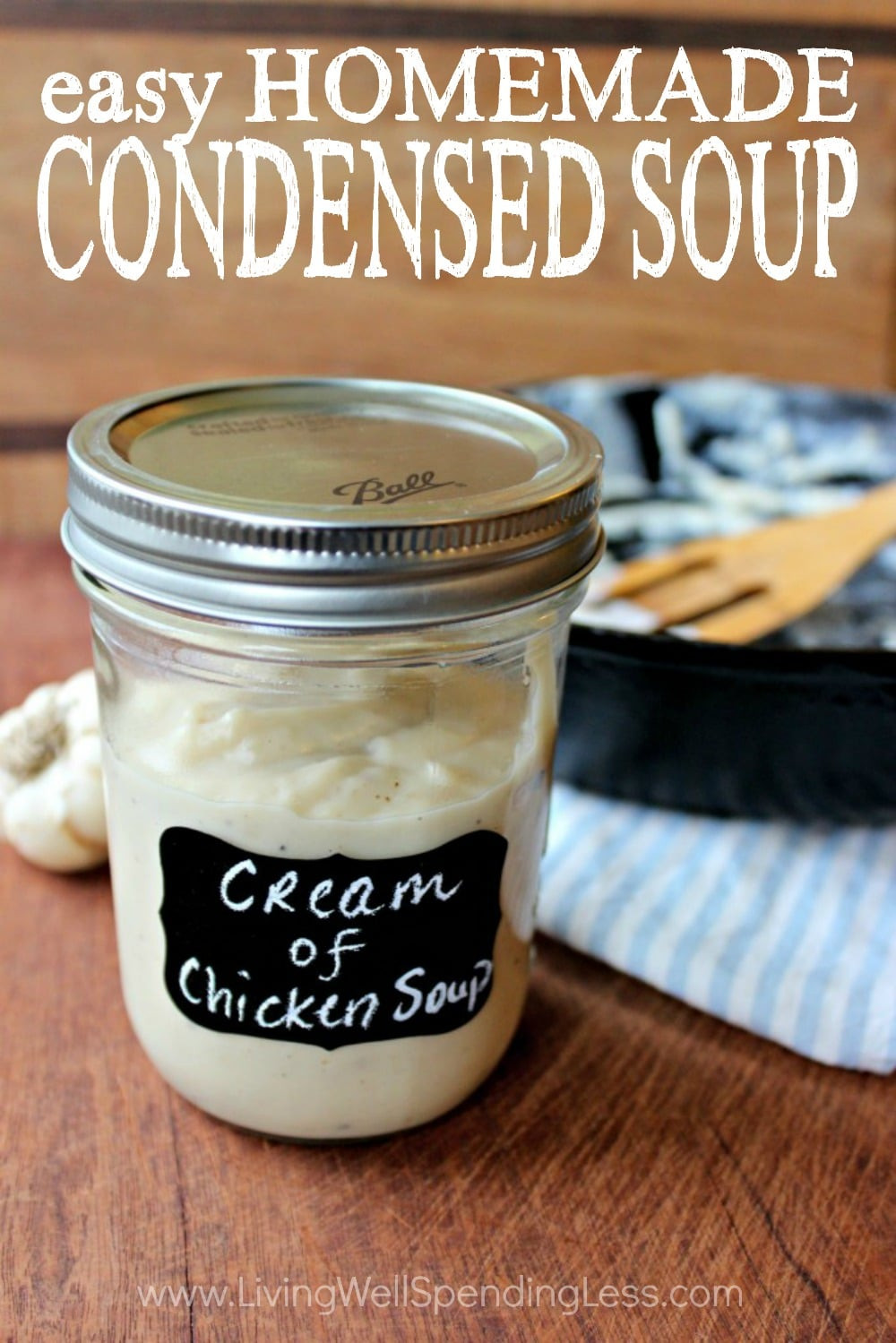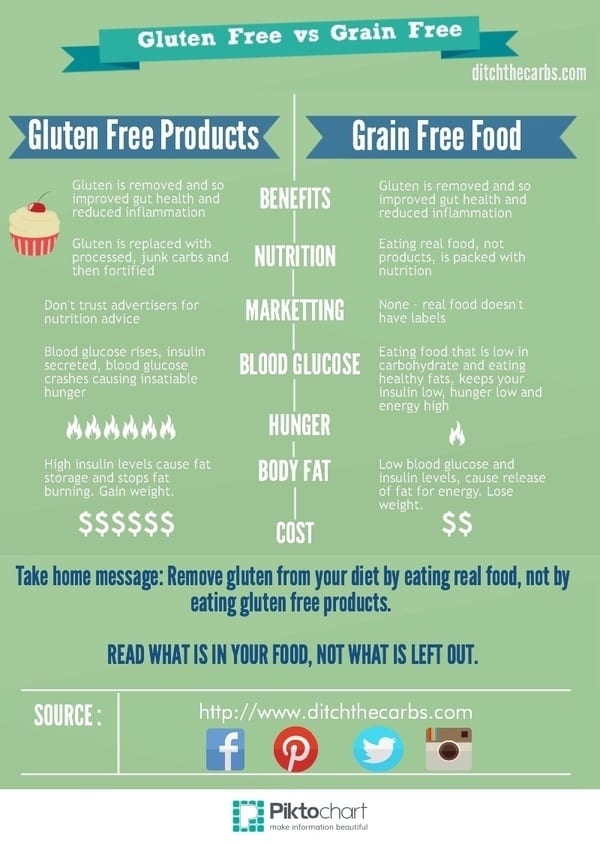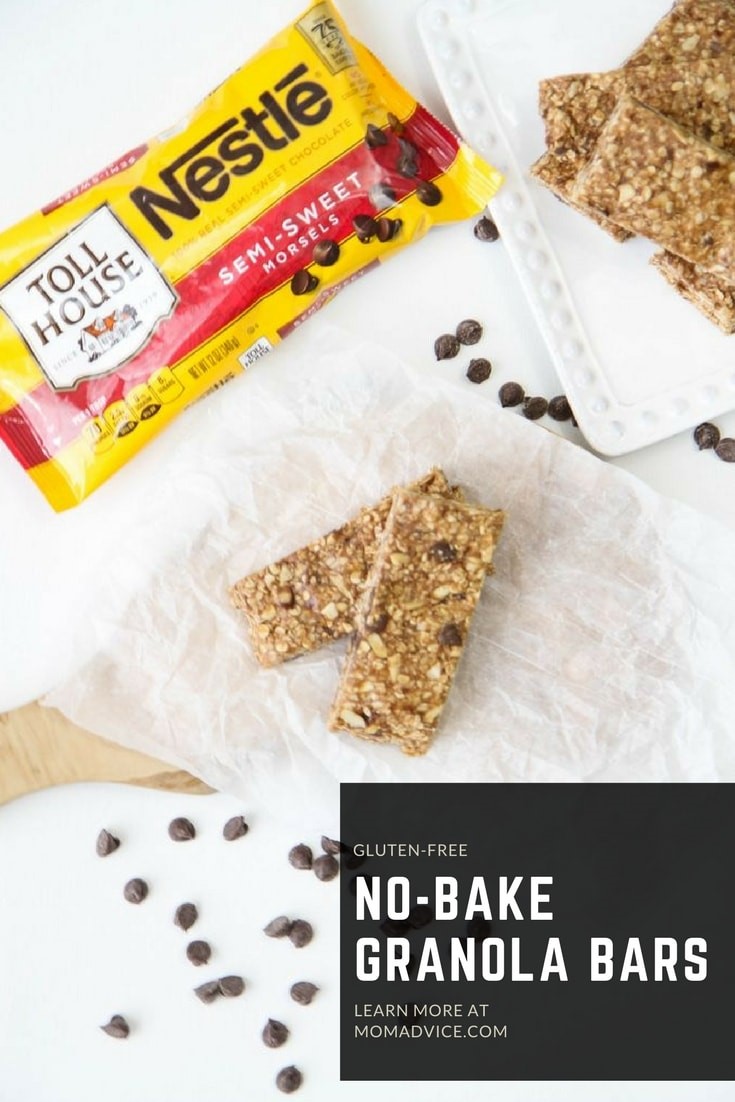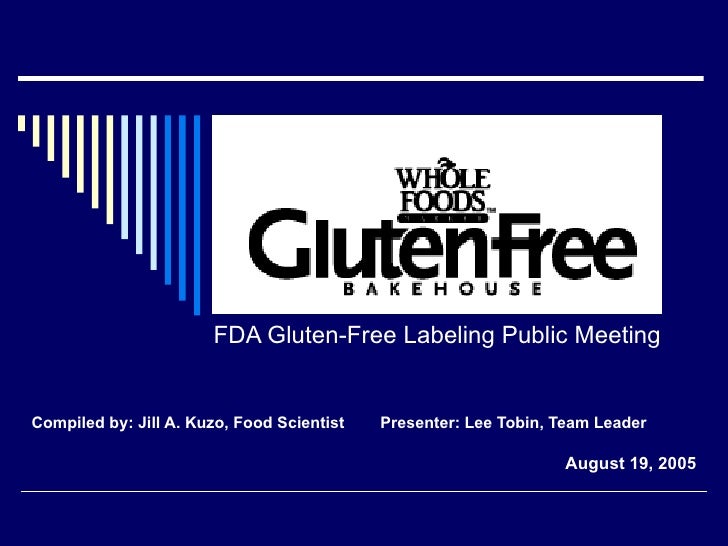41 how to recognize gluten on labels
Questions and Answers on the Gluten-Free Food Labeling Final Rule Gluten-Free Labeling of Foods Main Page The U.S. Food and Drug Administration (FDA) has defined the term "gluten-free" and established conditions for the voluntary use of the term in the labeling... Gluten Free Diet: Building the Grocery List - Eatright.org Some safe choices to add to your grocery list include rice, wild rice, corn (maize), sorghum, quinoa, millet, buckwheat, amaranth, teff, Indian rice grass and gluten-free oats*. These grains may be found intact, like when you buy a bag of rice, or ground into a flour. Some other gluten-free flours you may come across include sago, soy, potato ...
› 2016/02/16 › how-to-findHow to Find Gluten in Food Labels (That Actually Works) Feb 16, 2016 · Now that we’ve established that reading the ingredients isn’t a good idea, let’s talk about how to find gluten in food labels that actually works and is typically quite fast. First, look for a certified gluten free label or at least somewhere that the products is clearly marked gluten free. ( CLICK HERE to see what certified labels look like if you’re unsure.)

How to recognize gluten on labels
Coeliac Disease and 'May Contain' Gluten Warnings - Are They Safe? And because of this law, any product which is legally marked 'gluten free' shouldn't have any 'may contain' warnings for gluten on it. Even if there is an allergen such as barley highlighted on the ingredients list of a gluten free product, the levels of gluten should be low enough (below 20ppm) it is considered coeliac-safe. Which Ingredients Contain Gluten? | How to Identify on Labels Gluten is not listed explicitly as an allergen on a product label in the UK, it will appear in the form of the gluten-containing ingredient itself. The most common is wheat, barley or rye. For example, the label on bread might say wheat flour, water, yeast, salt. The emphasised word indicates which ingredient contains the allergen. How to Read Food Labels - Mark's Daily Apple In the U.S., a food manufacturer can also label a product as gluten-free according to the FDA if it contains less than 20 ppm of gluten and does not utilize gluten-containing grains (wheat, rye, barley) or ingredients derived from those grains unless they have been processed to remove gluten. 6 Vegan
How to recognize gluten on labels. Label-Reading for Celiac Disease - Egglife STEP 1: The first step to label-reading for celiac disease is to look for a gluten-free certification or claim. If a product has a gluten-free certification or claim, it must be celiac-safe and you STOP here. This is because if it has a gluten-free certification, that means a 3rd party has tested and verified the gluten-free status of the products. › blog-posts › findingIdentifying Gluten on Food Labels: Become a Master in Minutes! Aug 25, 2020 · Recap of the steps to take when looking for gluten on a food label: Look for wheat; if wheat is found do not consume. Look for barley (sources listed in light blue box above); if sources are found do not consume. Look for rye; if rye is found do not consume. Look for an advisory statement; if one is ... How to Read Food Labels - Gluten Free - Fodbods-au Reduced fat or salt = contains at least 25% less fat or salt compared to the original or regular product (it does not mean no added fat or salt and can still contain large amounts) No added sugar = no sugar was added during production (the product may still be naturally high in sugar e.g. fruit juice. 2. Serving Sizes How to Identify Gluten on Food Labels - Verywell Health The gluten-free food labeling requirements only apply to packaged foods. The rule doesn't apply to meat, poultry, unshelled eggs, or distilled spirits and wines made with 7% alcohol by volume or more. There is no standard symbol for gluten-free foods. Manufacturers can simply print "gluten-free" on their label as long as it is truthful.
Foods Labeled Gluten-Free May Still Have Some Gluten Current testing technology can detect gluten down to about 3 ppm, and some specialty manufacturers produce products with less than 5 ppm of gluten in them. However, if you're sensitive to lower levels of gluten, you may react to products tested to have less than 5 ppm of gluten in them. Was this page helpful? 3 Sources gluten.org › 3-tips-for-gluten-free-label-reading3 Tips for Gluten-Free Label Reading - Gluten Intolerance Group Jan 10, 2021 · * A product that is labeled gluten-free may include the term “wheat” in the ingredient list (such as “ wheat starch ”) or in a separate “Contains wheat” statement, but the label must also include the following statement: “The wheat has been processed to allow this food to meet the Food and Drug Administration (FDA) requirements for gluten-free foods.” A Beginner's Guide to Gluten-Free Baking - Simply Recipes While there are no hard and fast rules to address a given textural challenge, the below tips are possible solutions: Mushy or gummy: Lower the temperature and increase the cooking time. Crumbly: Increase the binder, like xanthan gum or psyllium husk. Gritty or thin: Rest the batter 30 minutes before baking. Check The Labels Before You Buy Organic And Gluten-Free Foods, Heres Why Nmami suggests we thoroughly read the labels on food packets before buying them for consumption. Organic sugar: Organic sugar is still sugar and can deteriorate your health. Similarly, gluten-free...
Support the Food Labeling Modernization Act of 2021 | Celiac Disease ... On August 3, 2021, the Food Labeling Modernization Act (FLMA) of 2021 (H.R.4917 and S.2594) was introduced by House Energy and Commerce Committee Chairman Frank Pallone, Jr. (D-NJ), House Appropriations Committee Chairwoman Rosa DeLauro (D-CT), and Senators Richard Blumenthal (D-CT), Sheldon Whitehouse (D-RI) and Ed Markey (D-MA).This legislation would update front-of-package food labeling ... New Bill Would Require Products to Disclose Gluten-Containing Grains on ... If an FDA-regulated food product includes a gluten-containing grain, this must be disclosed in the ingredients list or separate Contains statement - just like for wheat and the other major allergens. This would be required regardless of whether the food was labeled gluten-free. Thank you for your support of H.R 4917/S. 2594. Shareable graphics: Food Allergen Labeling: What You Should Know | News The following must be listed exactly as seen below. For example, you may not say "dairy" instead of "milk" or "gluten" in place of "wheat," she said. • Milk. • Wheat. • Soy. • Peanut. • Egg. • Sesame (must be listed as of Jan 1, 2023) In addition, the following allergens must be listed by species. A consumer's guide to reading nutrition labels - The Loop They reference amounts (expressed in grams, milligrams, or micrograms) of recommended nutrients to consume each day. The percentage shows how much a nutrient in a serving of a food contributes to a total daily diet and helps determine if a serving of food is high or low in a given nutrient. Generally, a percent daily value of 5% or less is low ...
Reading gluten-free labels | Food and Cooking | fremonttribune.com The new ruling has mandated that all ingredients on the food label be identified if they are sourced from or contain a gluten grain (wheat, rye or barley). For example, consumers will now see...
A Complete Guide to Reading Food Labels | TheThirty "Made with organic ingredients" can be listed on a label for a product that contains a minimum of 70% organic ingredients (excluding salt and water). The ingredients (up to three) must be labeled as certified organic ingredients, and the product can't claim or post a seal stating that it is an organic or 100% organic product. Whole Foods Market
How To Read Food Labels For You Ethical Shoppers... Ingredients listed. Reading food labels can be a chore! Ingredients are always listed in order from greatest to least amounts. For instance, if a jar of tomato sauce says something like tomatoes, water, citric acid, basil, oregano, salt we can conclude that it is mostly tomatoes with not so much salt. However, if the label reads sugar, tomatoes ...
21 Common Signs of Gluten Intolerance - Healthline 1. Diarrhea, constipation, and smelly feces. Individuals with celiac disease experience inflammation in the small intestine after eating gluten. This damages the gut lining and leads to poor ...
Gluten-Free Label Reading: From Novice to Expert In many cases, gluten is fairly easy to distinguish on a product label. Look for ingredient phrases containing wheat, barley, or rye (aka the usual suspects), and be wary of ingredients like malt and dextrin, which may contain gluten depending on how they were derived (more on this to come).
Gluten Free? Double check your labels. Check your labels. You are looking for anything that contains gluten. A great acronym to remember is B.R.O.W.S which is for Barley, Rye, Oats* , Wheat or Spelt. Any of them can be put into ingredients for food or drinks and are to be avoided at all cost by an individual on a gluten free coeliac diet.
How To Check Gluten On Food Labelling | imaware™ So, you have to know what gluten containing item is on labels, as it is present in many ingredients with different names. Here are the most common ingredients that contain gluten: Wheat Rye Barley Oats Malt (malt vinegar, barley malt, malt syrup, etc.) Brewer's yeast Spelt wheat Triticale Modified food starch Starch Dextrin Barley Durum
Gluten-Free Diet Indications, Safety, Quality, Labels, and Challenges Gluten cannot be hidden in foods nowadays, as allergen labelling was introduced in the European Union (EU) in 2005. Now all wheat, rye, barley, and oat ingredients must be listed in the ingredients list.
celiac.org › gluten-free-living › gluten-free-foodsLabel Reading & the FDA | Celiac Disease Foundation A gluten-free label. If a product claims to be gluten-free on the package, then it is most likely safe to eat as the FDA only allows packaged foods with less than 20 parts per million (ppm) of gluten to be labeled “gluten-free.” However, you should still check the ingredients list.
What Is Gluten? Common Foods, Conditions, and More - Healthline summary. Gluten may be present in a variety of foods, including wheat, barley, rye, and related grains. It's also used as a thickening agent in processed foods. Look for gluten-free oats to be ...
How to Read Nutrition Facts Label - Food Network This carries over to all the other nutrients on the label. If 1 serving of a food has 120 mg of sodium, it can technically be labeled as a "low sodium" food. However, if you eat 3 servings, triple...
13 Misleading Food Label Claims and How Not to Be Tricked In order to use the label gluten-free, a product must contain less than 20 parts per million of gluten. The label is voluntary, so manufacturers producing gluten-free foods are not required to use it. 4. Label Says "Light"
The Gluten-Free Skin Care Guide 2022 - The Helpful GF If the product description on the page states "gluten-free" but you cannot find a label on the actual product, double check the manufacturer website to guarantee that the product is gluten-free. Arbonne.com — Every product from Arbonne is labeled gluten-free and many are also certified gluten-free. Plus, all products are vegan certified.
How to Read Food Labels - Mark's Daily Apple In the U.S., a food manufacturer can also label a product as gluten-free according to the FDA if it contains less than 20 ppm of gluten and does not utilize gluten-containing grains (wheat, rye, barley) or ingredients derived from those grains unless they have been processed to remove gluten. 6 Vegan
Which Ingredients Contain Gluten? | How to Identify on Labels Gluten is not listed explicitly as an allergen on a product label in the UK, it will appear in the form of the gluten-containing ingredient itself. The most common is wheat, barley or rye. For example, the label on bread might say wheat flour, water, yeast, salt. The emphasised word indicates which ingredient contains the allergen.
Coeliac Disease and 'May Contain' Gluten Warnings - Are They Safe? And because of this law, any product which is legally marked 'gluten free' shouldn't have any 'may contain' warnings for gluten on it. Even if there is an allergen such as barley highlighted on the ingredients list of a gluten free product, the levels of gluten should be low enough (below 20ppm) it is considered coeliac-safe.














Post a Comment for "41 how to recognize gluten on labels"